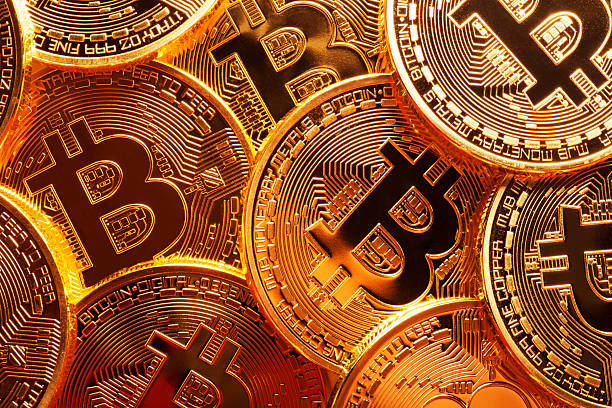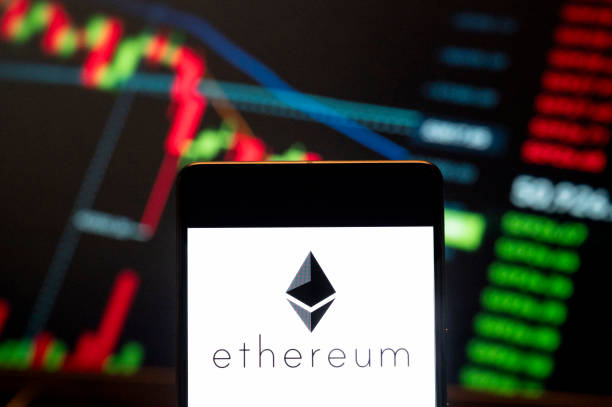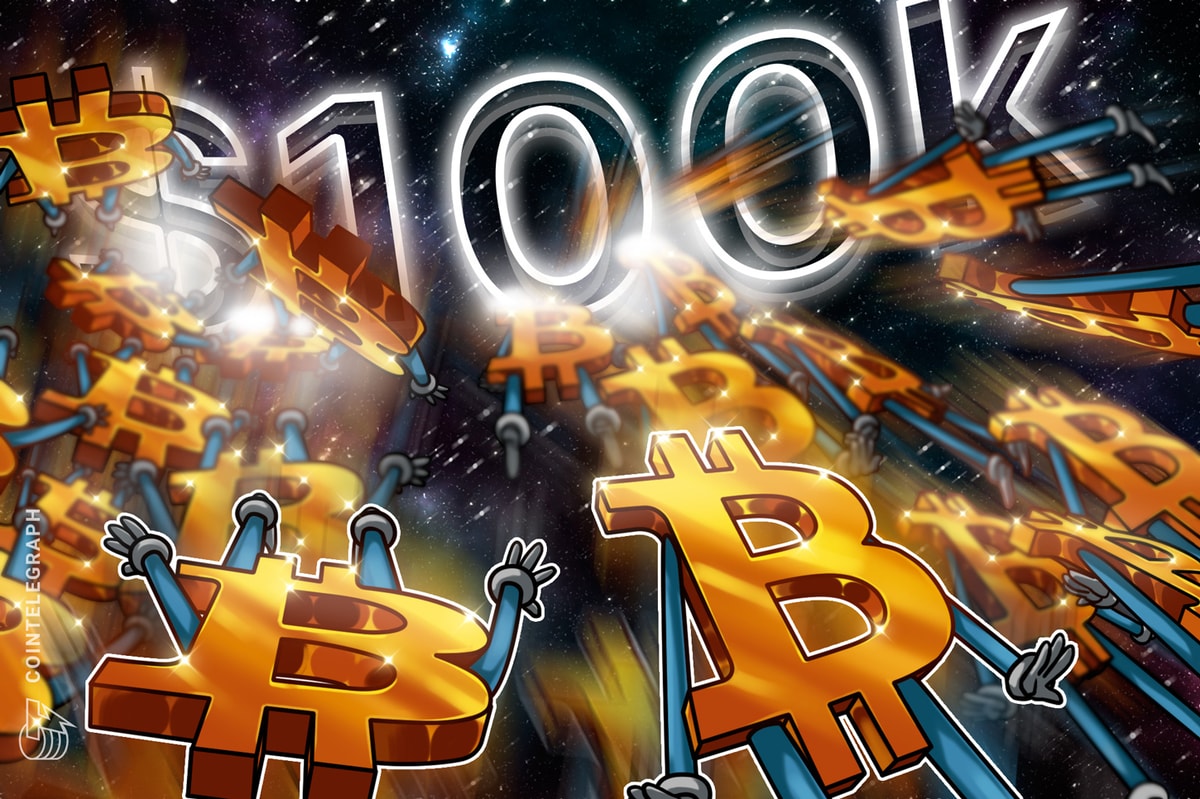
The Federal Reserve has funneled roughly $500 billion into the repo market in a program that was scheduled to end in October 2019.
In September 2019, the interest rate for the overnight money market — a short-term lending market where banks borrow cash from each other to meet reserve requirements at the end of a business day — surged to 10 percent.
Banks weren’t willing to lend out capital for the Federal Reserve’s target interest rate of 2 percent. The Fed responded to the cash crunch by financing these so-called repurchasing agreements (repos, for short) directly. It offered the 2 percent interest on these short-term loans (they’re usually paid back in days or weeks) to bring the interest rate down and pump cash into a strapped lending market. It has been offering these overnight loans on a daily basis ever since.
When the Federal Reserve began offering these daily agreements in late September 2019 it was the first time it has intervened in repo markets since the Great Recession. The United States’ central bank has funneled roughly $500 billion into the repo market since then in what was originally pitched as temporary operations that would end on October 10, 2019 — but the daily repo bids are still coming. Currently, there is $229 billion in outstanding repos on the Fed’s balance sheet.
The Fed is even considering lending directly to smaller financial institutions and hedge funds through the repo market — an unprecedented move in the history of the century-old institution.
With the Fed gripping the reins of this obscure but essential sector of the U.S. financial realm for the first time since the 2007–2008 financial crisis, should the average American be anxious about the state of the U.S. financial market?
“Leverage Is Necessary”
“The key question is ... should the average American be worried?" Gang Hu, managing partner at WinShore Capital hedge fund, told Bitcoin Magazine. "If [the Fed] keep[s] going, then they should be worried, but if they didn’t do anything, they should worry more. It’s just, where do they stop? I don’t think anyone knows what the perfect balance sheet size of the Fed is. The Fed is guessing as much as we are.”
To finance these repos, the Federal Reserve buys U.S. treasury bills, mortgage-back securities and other highly liquid securities from the banks for cash. These securities act as collateral for the underlying loan, and the banks buy them back with interest over the course of a few days to weeks — hence, “repurchasing agreement,” or “repo”.
The repo market is necessary for keeping these banks solvent and satisfying their regulated reserve requirements (the amount each bank must keep in accounts at Federal Reserve member branches relative to the size of their balance sheet).
“All the banks are under regulation to control the balance sheet exposure they have,” Hu explained. These balance sheets consist of both cash and debt — any fiduciary obligation involving money. Banks borrow money against their assets (aka leveraging) to make investments and add to their balance sheets and even pay off other debt. So, when they don’t have enough cash in the bank, this can cause liquidity crunches and threaten the constitution of the lending market.
“The system cannot operate without leverage,” Hu said. “There’s simply not enough USD currency to support the number of assets that are floating around in the system. The financial system intrinsically comes with leverage.”
Hu added that this leverage is essential but can also be dangerous if managed incorrectly
“In a good economy, leverage is the greatest thing ever — you make more money,” he said. “But in the downturn, you induce financial crisis and financial instability. And right now, the financial instability is the biggest concern at this point with the Fed.”
Why Did the Fed Step In?
Ironically, the cash crunch that necessitated the Fed’s repo intervention arose from regulations that are meant to keep cash in reserves to prevent a run on banks or other liquidity crises.
Reuters, for instance, reported that bankers and analysts believe that J.P. Morgan, the largest bank in the U.S., may have had liquidity to finance these repos itself if it hadn’t withdrawn 57 percent of its cash ($158 billion from the Federal Reserve throughout 2019) and if new regulations didn’t mandate stricter reserve requirements.
Without enough cash in the bank to finance the repos and satisfy these reserve requirements, J.P. Morgan was more reluctant to lend out what it had left. During this time, Hu said, J.P. Morgan had the money, but it couldn’t legally lend it out
“There have been a number of supervisory and regulatory issues raised. We’re looking carefully at those,” Federal Reserve chairman Jerome Powell said in a December 2019 press conference.
The U.S.’s second-largest bank, Bank of America, also drew in cash from their Fed account in 2019 but at a less drastic 30 percent.
As banks withdrew their cash, the Federal Reserve was shedding its balance sheet. Hu said that a cash-strapped status for J.P. Morgan and friends was certainly “one of the reasons” the Fed stepped into the repo markets, but another reason (which is also related to why the banks were drawing on their Fed accounts) may have been that, as the Fed sold off assets on its balance sheet, there’s less cash in the banks and the money market.
“When the base money continues to shrink with the balance sheet, even while the number of assets [like MBS, bonds, etc.] continues to grow, that means there’s more leverage in the system,” Hu said. “The solution that the Fed came out was to start buying [Treasury bonds], to provide repo to the market. All these actions were aimed to increase the base money in the system.”
This cash is necessary to keep leverage afloat, Hu continued.
“If you’re levered, you have to be levered every day,” he said. “If you have one bad day, you go bankrupt. That’s why in September [2019] people were paying 10 percent [interest for repurchasing agreements], because if you don’t have money, you go bankrupt.”
The Fed May Extend Its Repo Reach
And that’s why the Fed stepped in, not just to control short-term money market rates, but to flush the system with cash to balance out debt obligations. These report markets are vital not only for the lifeblood of big institutions, but for smaller ones, as well.
Per Reuters, “Without reliable sources of loans through the repo market, the financial system risks losing a valuable source of liquidity. Hedge funds, for example, use it to finance investments in U.S. Treasury securities and banks turn to it as option for raising suddenly-needed cash for clients.”
Hedge funds like Hu’s and other small institutions can only participate in the repo market if a bigger institution brokers the transaction, but now the Fed is considering lending directly to smaller institutions like hedge funds.
Hedge funds typically operate on high leverage with the goal of providing steady and significant returns for their investors. If the Fed lends to these offices and other smaller ones like it directly, it would be in a bid to ease leverage in this sector of finance, as well.
“The Fed is not only preserving the reserve [of member banks] but increasing it, but the key is: to what extent?” Hu queried.
“The Fed has been hesitant to go the last step,” Hu continued, referring to the fact that it hasn’t loosened reserve requirements to allow more leverage from the banks. “They decreased the leverage in the system, but they did not allow the banks to have looser regulation … I think the Fed is reluctant to increase leverage in the system because they understand that leverage goes both ways.”
Where’s the Limit?
And what if it goes the wrong way? That’s the sane question that any American might ask when confronted with the fact that banks have been greased with $500 billion in Federal liquidity to keep financial markets from stalling. So far, the repo operations have somewhat calmed a roiled repo market, but the Fed keeps on lending with a market intervention originally billed as temporary in September 2019.
The question now is, when is enough enough? Or as Hu put it, “If they overdo it, then we’re going the other way” — economic downturn.
“If you listen to the Fed, the Fed is aware of this,” Hu said, referring to the gravity of adding several hundred billion dollars into these markets. “If this $500 billion becomes $1 trillion or $2 trillion, then the average American should worry. But now, the Fed’s argument is that we’ve gone too far with shrinking the balance, that since September [2019] we’ve had too little in reserves and that this has hurt the system.”
Dennis Lockhart, former head of the Atlanta branch of the Federal Reserve, likened the Fed’s open market operations to a “trial and error” exercise in a CNBC interview. Lockhart also noted that he doesn’t equate these liquidity injections with quantitative easing — the Fed’s practice of purchasing long-term Treasury bonds to print new cash.
Quantitative easing, Hu assented, tries to control long-term interest rates with reliable, long-term liquidity; repo market intervention, conversely, controls interest rates for immediate short-term liquidity.
Still, the final effect is the same — the Fed purchases assets to flush banks with cash. And like the Fed’s quantitative easing during the Great Recession (which led to the inflated balance sheet of over $4 trillion we have today), the uncharted territory for these repos is that ultimate question: Where do they end?
Hu believes that they will begin winding down and the market will stabilize around April 15, 2020 — federal tax day. But he said that it will be a “challenge to unwind this thing” and that it will be a painstaking process.
“I trust that they will do it slowly, gradually, because you can’t ask the bank to pay you $100 billion in one day,” Hu said.
With no clear end in sight and billions in liquidity entering a little-known yet crucial market for the U.S. financial system, some Americans might be wondering if and when the dam is going to break. Or how much capital needs to enter the system to keep the leverage from flooding the levee.
“In September [2019], we’ve seen the limit of the system,” Hu said.
Halfway through the first month of the new year, with the Fed still sponsoring repo agreements, we might now be asking, “Does the limit even exist?”










